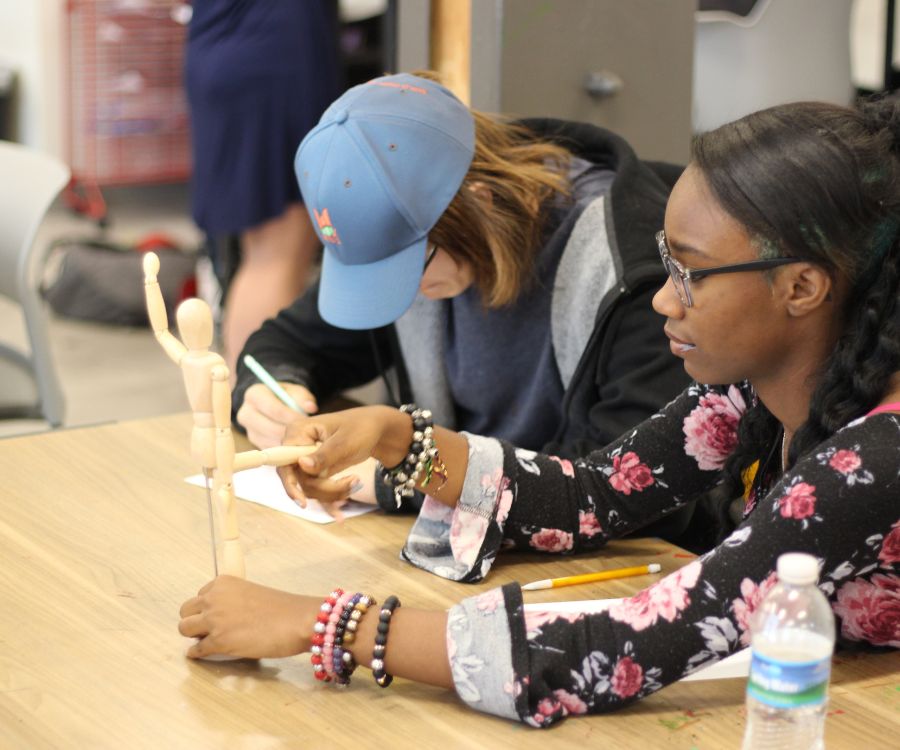National & local legislators
Students and families in Indiana and Indianapolis have benefitted from bi-partisan support on key education issues.
Key legislation
2001: Indiana’s charter school law was enacted. The first public charter schools in Indianapolis opened in the fall of 2001.
2014: Indiana passed legislation allowing the governing board of Indianapolis Public Schools to authorize Innovation Network Schools within the district. The first Innovation Network School was opened in the fall of 2015.
I like to say that I chose KIPP by accident, but I’ve stayed on purpose.
Robyn Russell, Indianapolis parent

